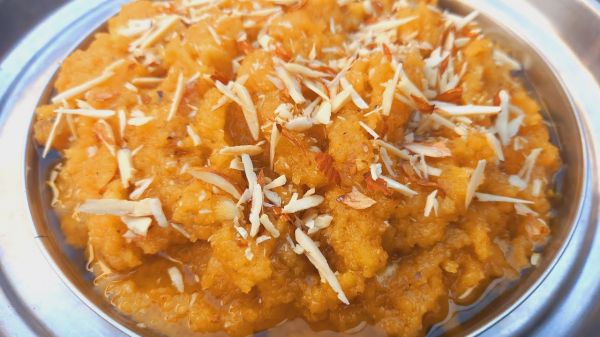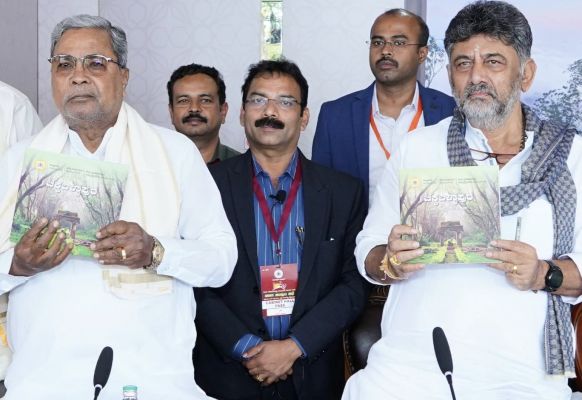खाना खजाना : लौकी-कुट्टू के पकौड़े
अगर आप फलाहारी चीजों के साथ कुछ नया बनाना चाहते हैं, जो स्वाद से भरपूर हो तो आप कुट्टू और लौकी के पकौड़े बना सकते हैं। कुट्टू का आटा व्रत में आपको एनर्जेटिक रखेगा और लौकी के अपने कई फायदे हैं। यहां हम आपको कुट्टू और लौकी के पकौड़ों की आसान रेसिपी बताने जा रहे हैं, जिसे बनाने में 15 से 20 मिनट का समय लगेगा और इसका स्वाद घर के बड़ों के साथ साथ बच्चों को भी खूब भाएगा।
सामग्री
आधा कप कुट्टू का आटा
3 हरी मिर्च
आधा चम्मच अदरक कद्दूकस किया हुआ
1 बड़ा चम्मच नींबू का रस
200 ग्राम लौकी
1/2 छोटा चम्मच जीरा
आधा कच्चा आम स्लाइस में कटा
पानी जरूरत के अनुसार
आवश्यकता अनुसार सेंधा नमक
कुट्टू के पकौड़े बनाने की विधि
कुट्टू के पकौड़े बनाने के लिए सबसे पहले आप लौकी को कद्दूकस कर लें और एक बड़े बाउल में निकाल लें।
अब कद्दूकस की हुई लौकी में आधा कप कुट्टू का आटा, 3 हरी मिर्च, आधा चम्मच कद्दूकस किया हुआ अदरक मिलाएं।
अब 1 बड़ा चम्मच नींबू का रस, जीरा और आधा कच्चा आम स्लाइस में कटा हुआ इस मिक्स में मिलाएं।
आवश्यकता अनुसार सेंधा नमक के साथ जरूरत के अनुसार पानी डालें। ध्यान रखें कि लौकी में पानी होता है तो इसमें पानी बहुत कम पड़ेगा।
अब धीमी आंच पर कड़ाही में घी गर्म करें।
जब तेल अच्छे से गर्म हो जाए तो इसमें एक एक करके हाथ या चम्मच की मदद से पकौड़े तलने के लिए डालें।
पकौड़ों को गोल्डन होने तक तलें और फिर टिश्यू पेपर पर निकालें।
आपके पकौड़े तैयार हैं, इसे हरी चटनी से साथ सर्व करें।






































